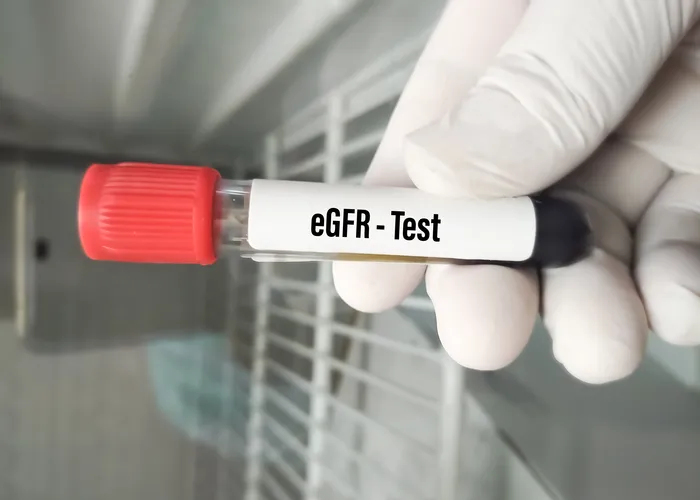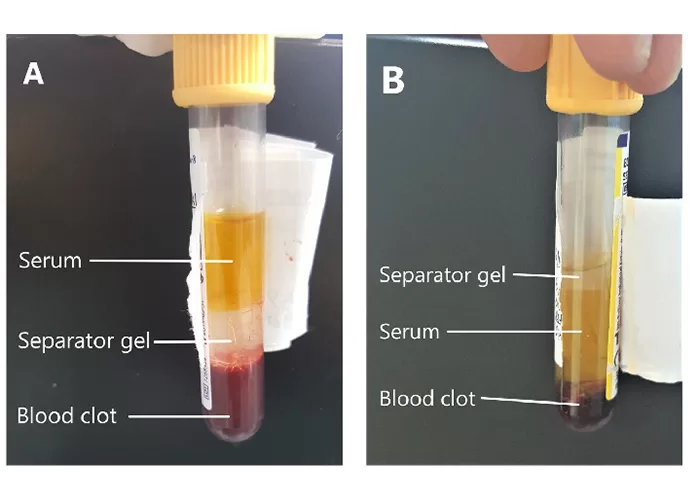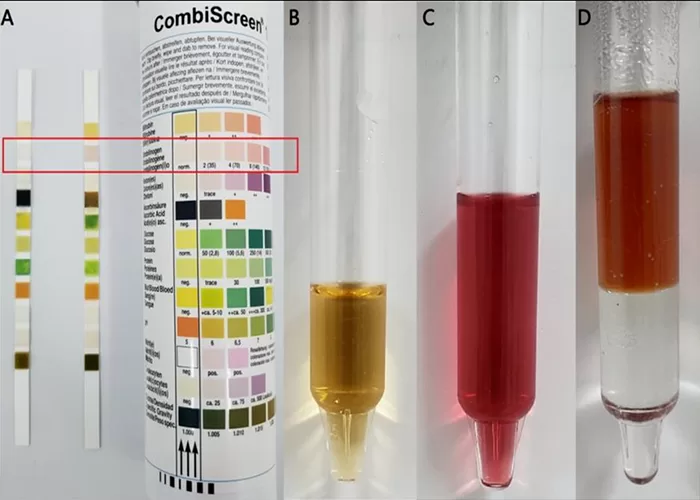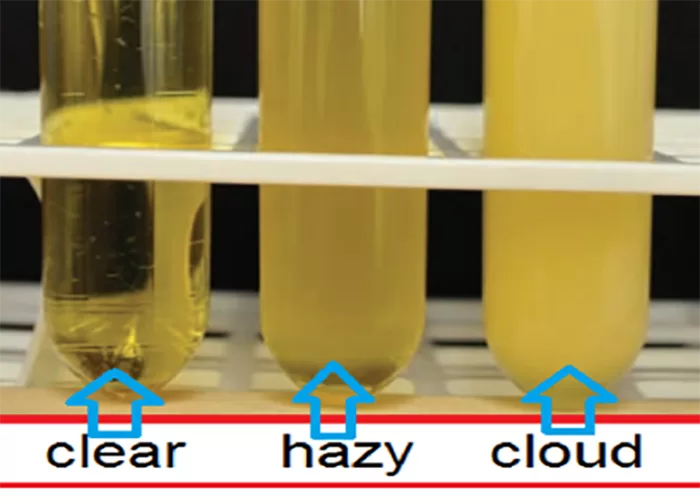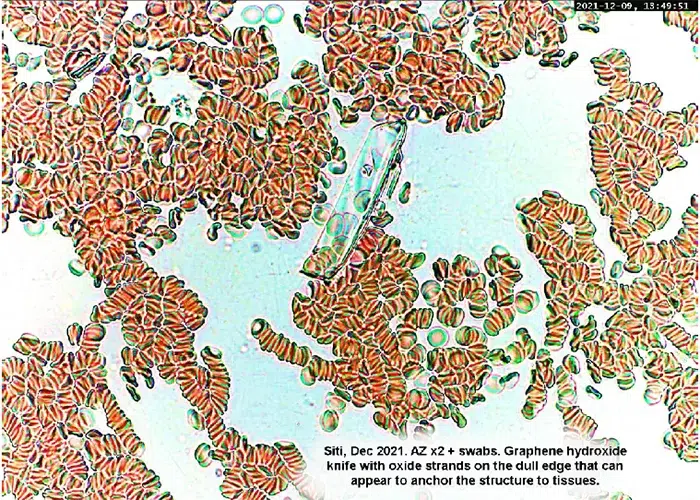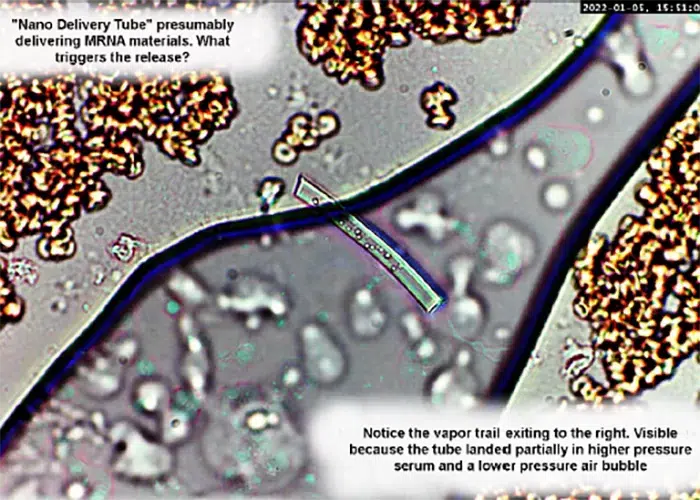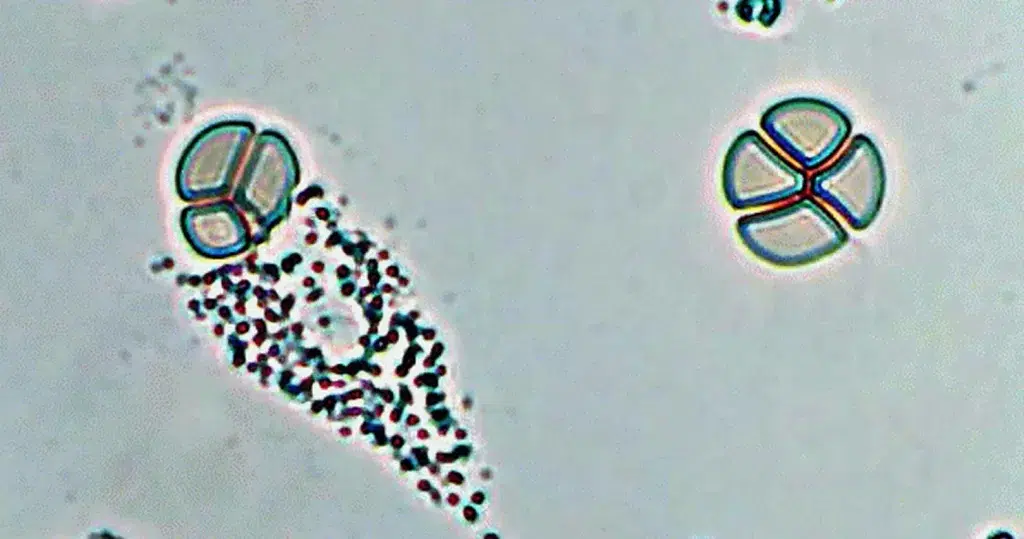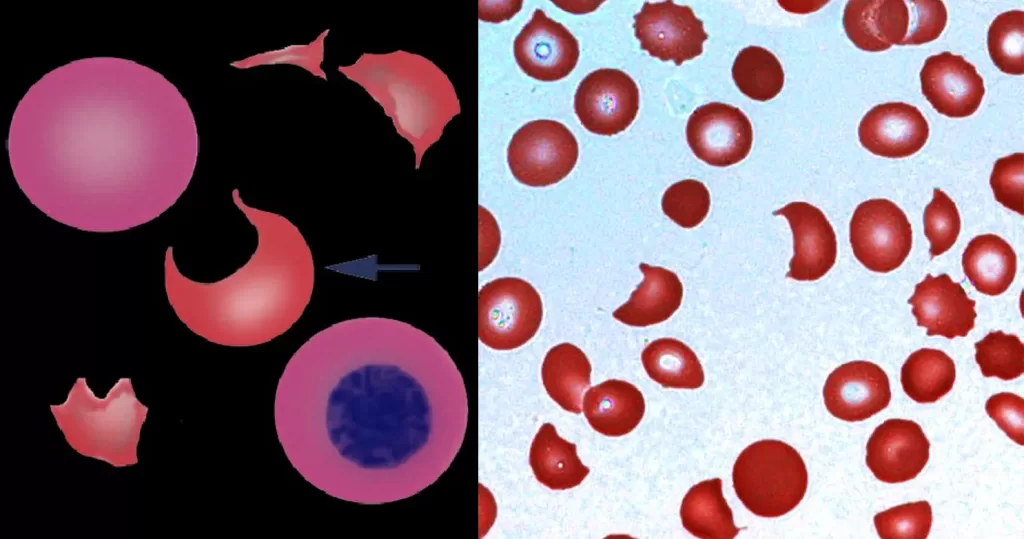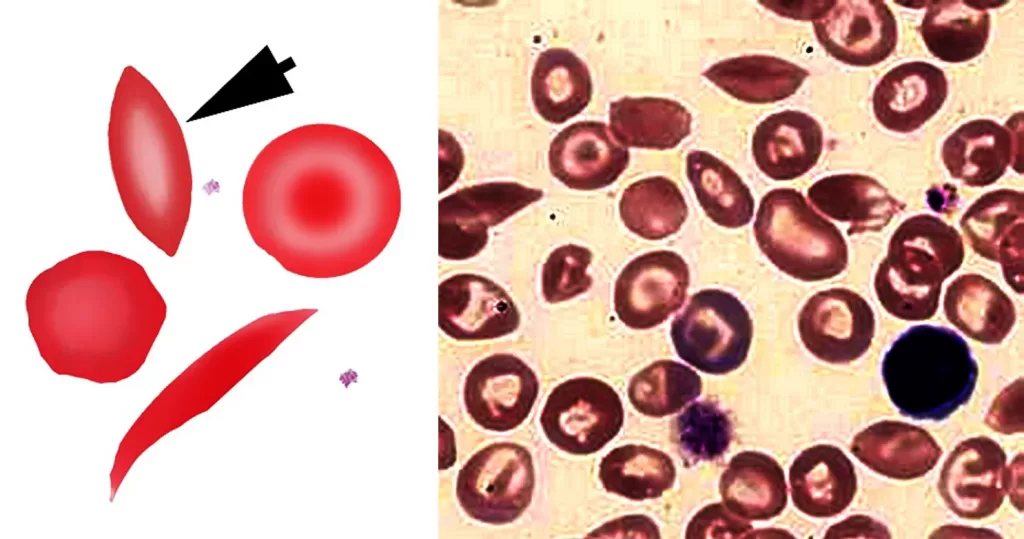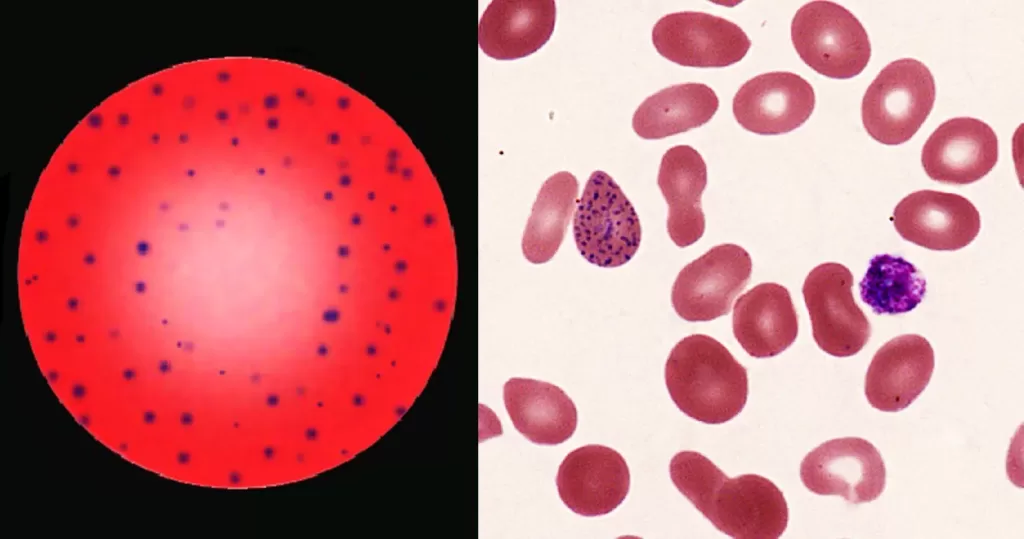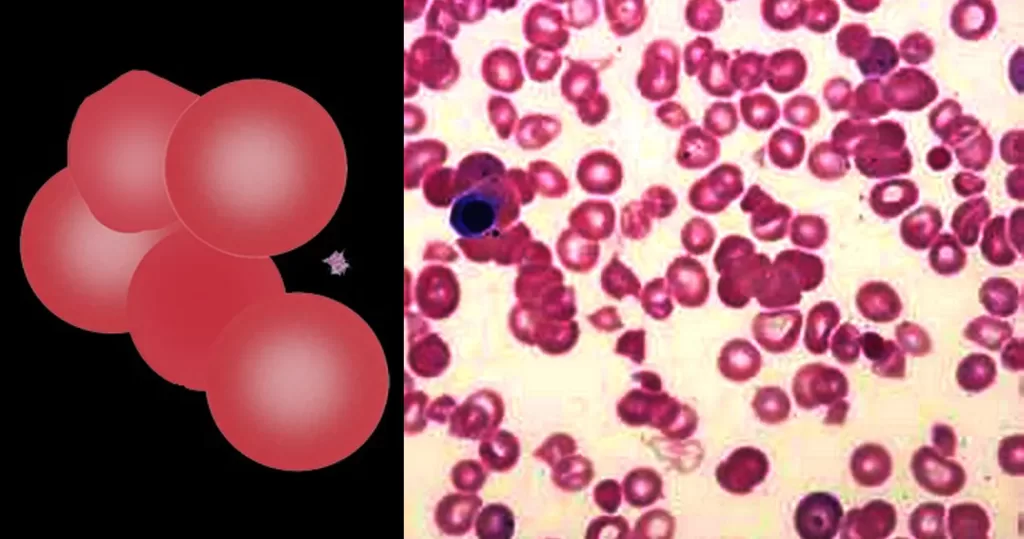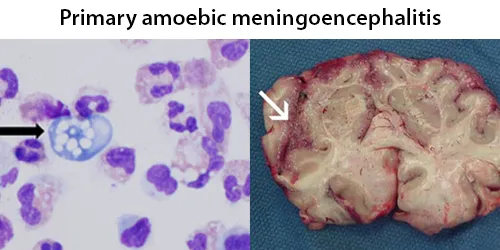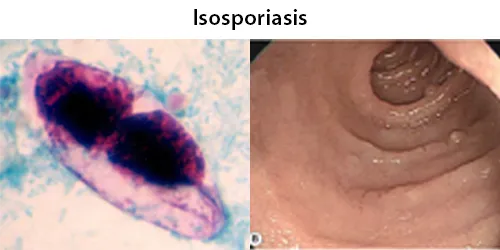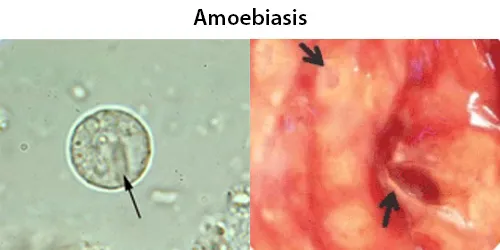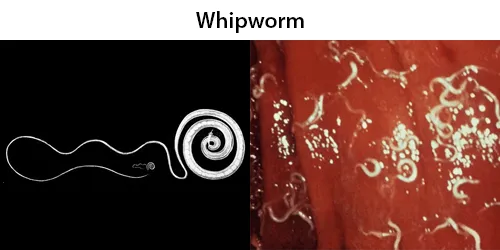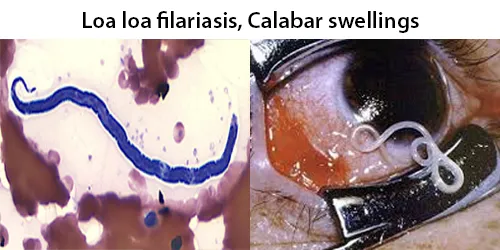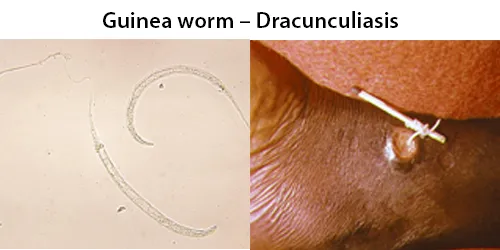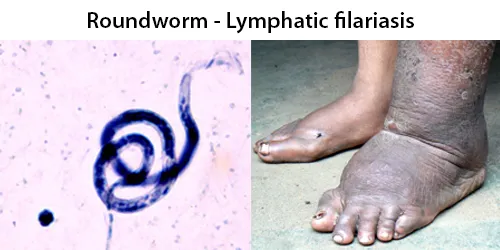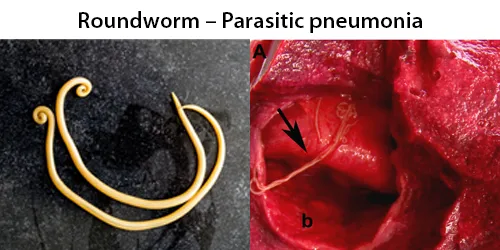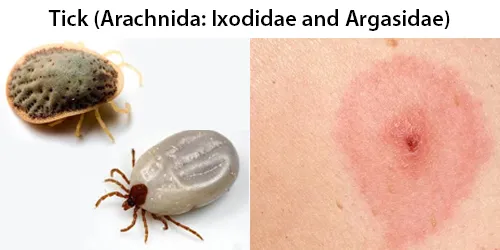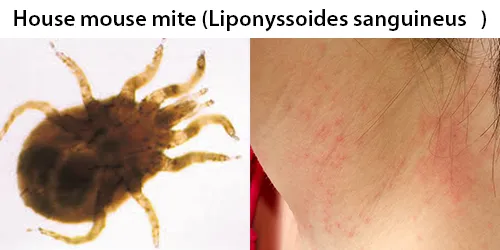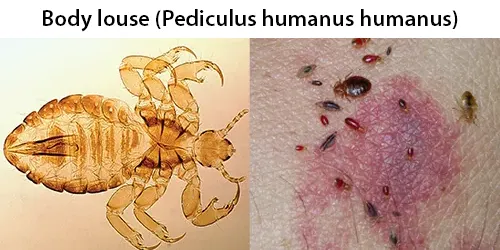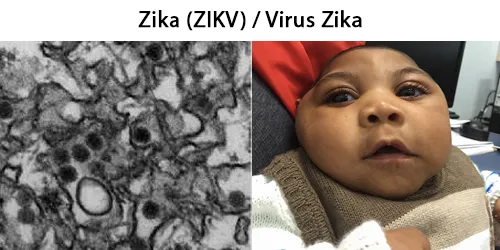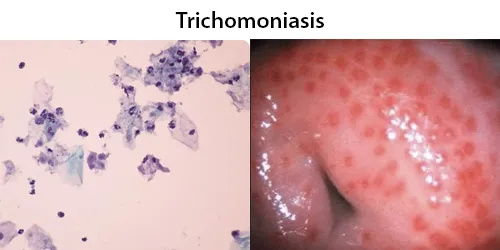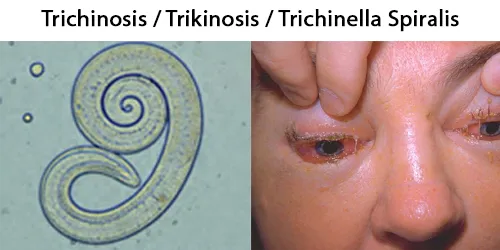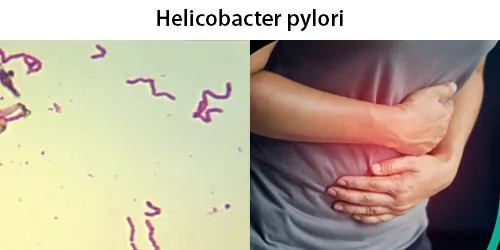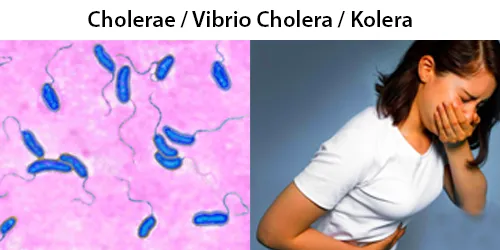Stem / Stab / Band Cells
https://www.ncbi.nlm.nih.gov/pmc/articles/PMC6119634/
Stem cells will appear like red cells, but do not clot and display a large white center.
Hematopoietic stem cells (HSC) emanate from bone marrow and can produce all the cells that function in the blood. Stem cells also can become brain cells, heart muscle cells, bone cells or other cell types.
Hematopoietic stem cells (HSC) circulate under steady state conditions in peripheral blood to
i) to maintain a stem cell pool in remote bone marrow locations in the body and
ii) to “patrol” peripheral tissues and organs and, when needed, to respond to organ injuries and infections. The number of these cells increases in stress situations related to infections, inflammation, organ injury as well as after strenuous exercise.

Myeloid and Lymphoid Progenitor Stab or Band Cells, as observed in blood under microscope at BSI, serve as an analogue observation of HSC cells. Large or small quantities will also loosely indicate the quality and quantity bone marrow production of HSC.
Bandocytosis (Low count): Possible neutropenia due to inadequate maturation of stem cells, most likely indicates some type of viral infection. Stab cells, more formally called “band cells,” are blood cells which are in the formation stage. These types of white blood cells are quite young and have only recently been produced and released into the bloodstream by the bone marrow. Can also indicate sluggish or compromised immunities.
Bandemia (High count): Immune system and bone marrow are working hard to produce stem cells, strengthening the immune system due to long term virus. If other types of white blood cells are outside of scale this is can also be an indication the body is now overcoming severe viral infection. Can also indicate the Immune system is strong. If solely high too many white blood cells are maturing, or can be due to an uncontrolled infection. Look for blood diseases if solely high.
(A) a normal eosinophil.
(B) a band eosinophil from a patient with FIP1L1-PDGFRA;
(C) an eosinophil with an oval nucleus from a patient with Acute myelogenous leukemia (AML);
(D) an eosinophil with a hyperlobated nucleus from a patient with FIP1L1-PDGFRA;
(E) an eosinophil with a ring nucleus from a patient with AML;
(F) a binucleated eosinophil from a patient with primary myelofibrosis, postsplenectomy;
(G) a moderately hypogranular eosinophil from a patient with polycythaemia vera;
(H) a markedly hypogranular eosinophil from a patient with primary myelofibrosis;
(I) a moderately vacuolated eosinophil from a patient with FIP1L1-PDGFRA;
(J) a markedly vacuolated eosinophil from a patient with primary myelofibrosis;
(K) an eosinophil with basophilic granules from a patient with AML and inv.
FIP1L1-PDGFRA = positive myeloid neoplasm with eosinophilia. eosinophilia.
https://pubmed.ncbi.nlm.nih.gov/32720700/
https://www.nature.com/articles/s41375-023-01958-1






















